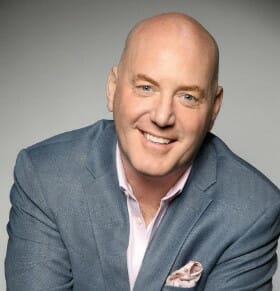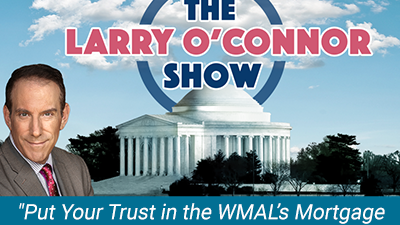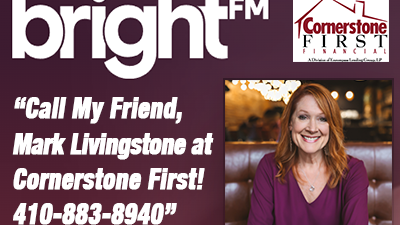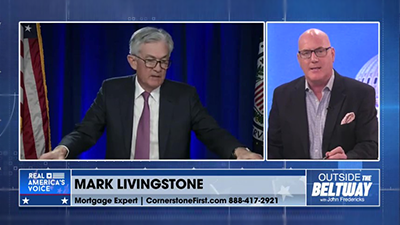The combination of increased longevity and declines in the coverage of defined benefit pension plans means that retired homeowners increasingly risk running out of money because they live too long. Those who have significant equity in a home, however, can reduce or eliminate the risk if they use their equity wisely. This article will compare three strategies that use a home equity conversion mortgage (HECM), also known as a reverse mortgage. I will illustrate with the case of Mary Jones, who is now 62, owns a house worth $200,000 and no mortgage, and is worried about her ability to continue her life style past 82.
As an alternative, Jones could sit on her credit line for 20 years, and then convert it to a monthly tenure payment that would continue so long as Jones lived in the house. During the 20 years, the credit line would grow at the mortgage rate plus the mortgage insurance premium of 1.25 percent. If rates stayed where they are today, the tenure payment in 20 years would be $2,685, or about the same as the longevity payments.
But if rates increased, the credit line growth would accelerate and with it the tenure payment that could be purchased with the line after 20 years. If the rate over the 20 years was 8 percent, for example, the available tenure payment would be $5,738, or more than twice as large as the longevity annuity payment.
Read the full article: “How Retired Homeowners Can Avoid Running Out Of Money”






